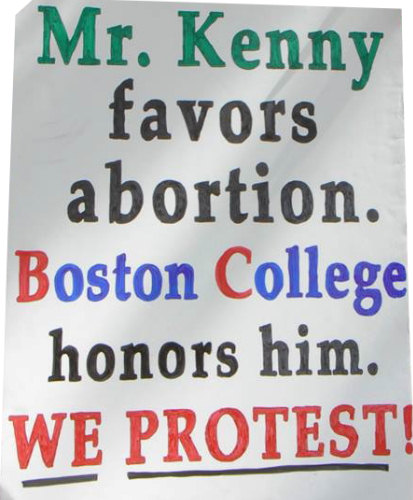The Church has as Her immediate and specific purpose the promotion of the supernatural life and the salvation of souls, and, as a secondary and indirect goal, to help the common good of temporal society. And the State has as its specific and immediate end the promotion of the common good and, indirectly and secondarily, to help men to practice virtue and thus attain eternal happiness.

Jack Philips of Masterpiece Cakeshop, refuses to sell a “wedding” cake to homosexuals, despite a Colorado judge ordered him to. He says he is prepared to go to jail, but will not violate his conscience. According to Philips’ lawyer, Nicolle Martin, “All Americans should remain free to honor God in our lives and in our work. The government has no business threatening Americans with jail time for simply exercising their constitutionally-protected freedoms of religion and speech.”
The Church fulfills its purpose by safeguarding the moral order of right and wrong, maintaining Divine worship, and administering the supernatural means of grace to man. The State reaches its end by securing internal and external harmony and peace of society through the use of an external juridical order, favoring conditions for the creation of wealth, and providing for the common defense.

Protest sign against Catholic Boston College who granted pro-abortion Irish Prime Minister Enda Kenny an honorary degree and a platform at its commencement ceremonies on May 20, 2013.
With such clearly defined roles, it is evident that the Church does not seek to dominate or absorb the State as some liberals might claim. Actually, more often than not, it has been the State that has sought to absorb or dominate the Church. Tyrannical rulers of all types have tried to subject the Church to their power by establishing state-controlled churches that are turned into subservient departments of the State with their ministers turned into court chaplains. (1)

Nine martyrs of the Asturias revolt. St. Innocencio of Mary Immaculate, a Passionist (bottom right), was killed by leftists in 1934 as he was about to say Mass. His “crime” was that he defied their ban on any religious instruction in schools.
Throughout its long and glorious history, the Catholic Church has always resisted such attempts by insisting upon Her liberty and independence. She has refused to renounce Her spiritual mission of sanctification, worship, and preaching the Gospel—even to the point of enduring persecution.
(1) We can cite the present example of Communist China, which tried without success to install the Chinese Patriotic Catholic Association to replace the Catholic Church. We might also mention historic examples such as Henry VIII’s establishment of the Church of England, the French Revolution’s attempt to subject the Church to its Civil Constitution, and the Russian Orthodox Church’s subservience to the czars.
John Horvat II, Return to Order: From a Frenzied Economy to an Organic Christian Society—Where We’ve Been, How We Got Here, and Where We Need to Go (York, Penn.: York Press, 2013), 213-4.













